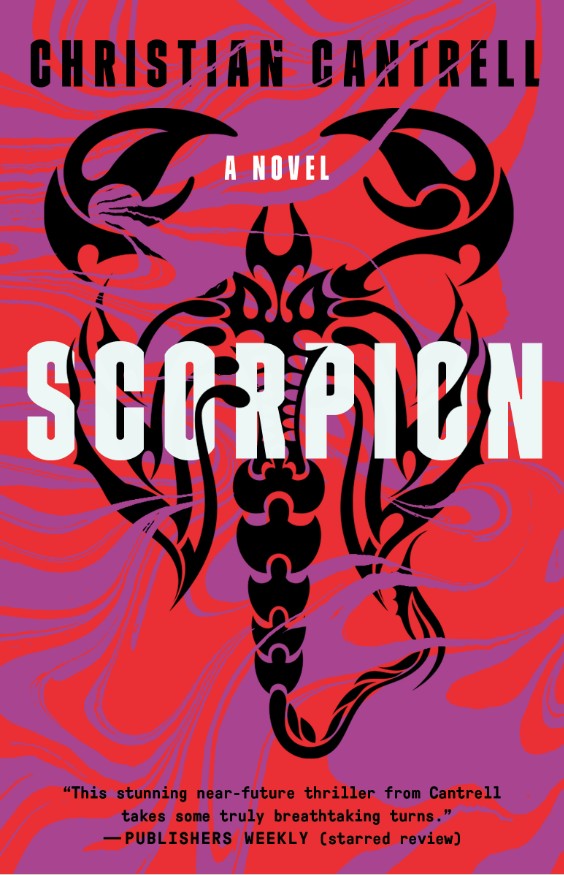
The pace of the cross-border killing spree is picking up fast. But the motive? Murky at best. The only clue comes in the form of cryptic four-digit number sequences tattooed on the victims’ bodies. CIA analyst Quinn Mitchell has never faced a tougher assignment. Scorpion, Christian Cantrell’s philosophical techno-thriller, offers a glimpse into the brutal future knocking at our door.
The Future Is Now
Just a stone’s throw away. And yes—it’s just as ugly as we imagined. Scorpion could be set five years from now. Or ten. Or the day after tomorrow. The staggering pace of technological advancement has already brought the achievements of the near future into view. And artificial intelligence—as we’re already experiencing—is changing everything, day by day.
Christian Cantrell—an engineer and software developer in civilian life—offers a vision that’s filled with both the familiar and the unknown. The tech and gadgets in Scorpion are so convincingly real, you’ll find yourself wondering whether you read about them here first—or in yesterday’s news.
In any case, they’re surrounded by the gentle warmth of familiarity—and thankfully, by credibility as well. That’s where many future-set thrillers stumble right out of the gate, either trying to say too much or trying to say it all at once.
But there’s one thing you definitely haven’t heard of: no one has ever received a message from the future. (Or at least, no one’s been willing to admit it—so far.)








